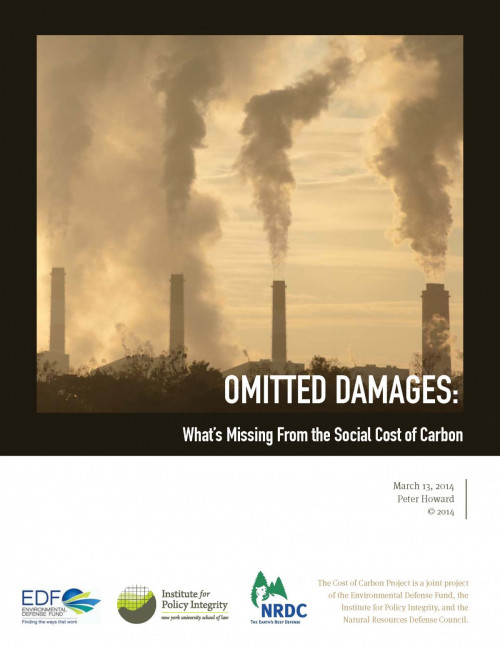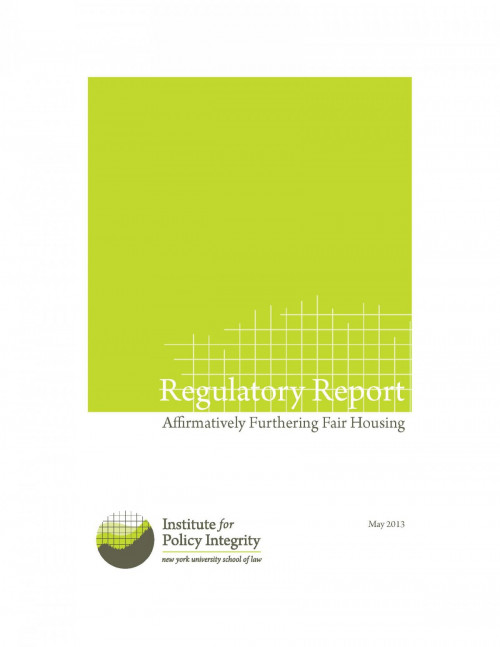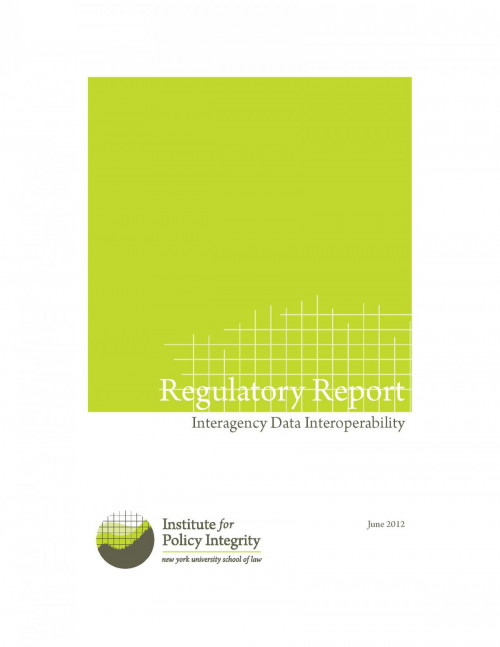-

Omitted Damages: What’s Missing from the Social Cost of Carbon
The social cost of carbon is an estimate of the economic damage done by each ton of carbon dioxide spewed into the air. Howard examines the Integrated Assessment Models used to produce the social cost of carbon estimate and gives a comprehensive review of what each model accounts for and what each model misses.
-
_110_86_90.jpg)
Quantifying Regulatory Benefits
The author responds to an argument made by Cass Sunstein that administrative agencies should use breakeven analysis when unable to quantify benefits of a specific regulation. Breakeven analysis seeks to determine how high nonquantifiable benefits of a regulation would have to be for the benefits to justify the costs. In this Comment, the author argues that breakeven analysis can be useful but is always a second-best technique. The first-best approach is to quantify the benefit.
-

Cost-Benefit Analysis and Agency Independence
In “Cost-Benefit Analysis and Agency Independence,” Professor Michael A. Livermore argues that cost-benefit analysis provides a standard that constrains the exercise of OIRA’s power, helping to preserve the autonomy of government agencies in the face of White House review. This argument challenges the prevailing view that cost-benefit analysis is a tool for the President to impose authority over executive agencies.
-

Regulatory Report
Affirmatively Furthering Fair Housing
Decades after the civil rights movement inspired the Fair Housing Act, HUD still has a long way to go before that law’s vision of fair housing is realized. The primary recommendations of this report to the Department of Housing and Urban Development (HUD) are to more clearly define fair housing goals and to measure the progress of locally-based housing providers in meeting the requirements of the 1960’s civil rights statute.
-

Regulatory Report
Interagency Data Interoperability
This report shows what could be accomplished if straightforward changes were made to improve the way agencies interact. By sharing data, using the same metrics and coordinating on target populations, agencies could improve the impact of social services and stretch every tax dollar.
Viewing all publications in Government Transparency
